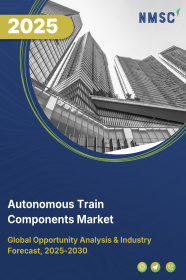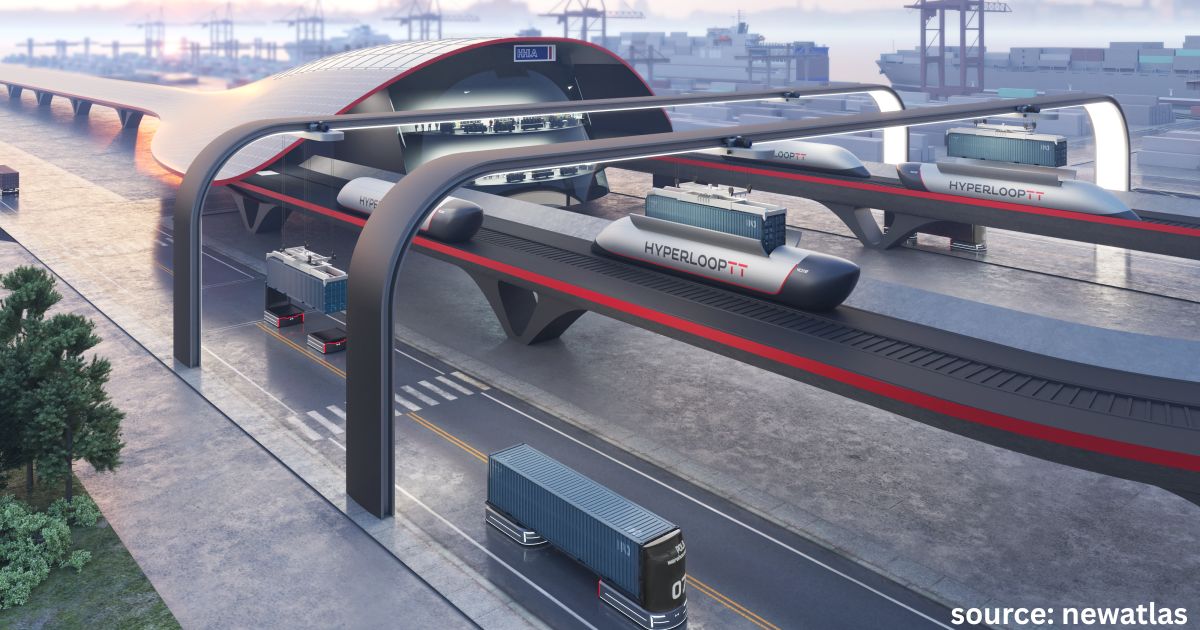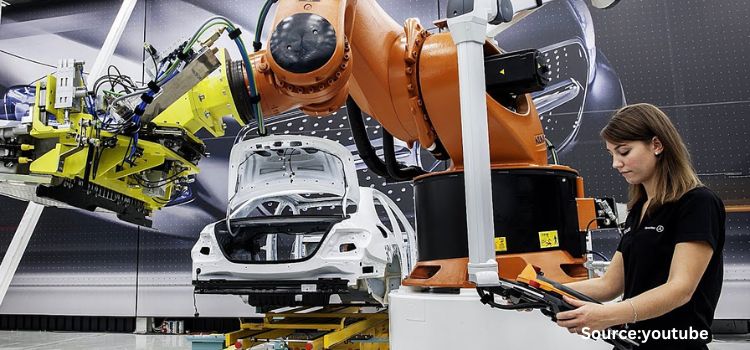
Automotive Femtocell Market by Connectivity (4G/LTE Femtocell, 5G Femtocell, and Hybrid Femtocell), by Vehicle Type (Commercial and Passenger), by Application (Infotainment & Telematics, Vehicle-to-Everything (V2X) Communication, Safety and Emergency Services, and Fleet Management), and by Sales Channel (OEM (Original Equipment Manufacturer) and Aftermarket) - Global Opportunity Analysis and Industry Forecast 2025-2030
US Tariff Impact on Automotive Femtocell Market
Trump Tariffs Are Reshaping Global Business
Industry Overview
The global Automotive Femtocell Market size was valued at USD XXX million in 2024 and is expected to be valued at USD XXX billion by the end of 2025. The industry is predicted to reach USD XXX billion by 2030 with a CAGR of XX% from 2025-2030. The market is gaining growth due to its ability to enhance in-vehicle network performance, meet rising demand for high-speed connectivity, and improve mobile coverage in transit environments. Increasing vehicular penetration loss, bandwidth-heavy infotainment needs, and growing mobile broadband usage have positioned femtocell technology as a key enabler of reliable connectivity in modern vehicles.
However, challenges such as macro network interference and integration complexity continue to affect large-scale adoption. Despite these hurdles, strategic partnerships with OEMs and advancements in mobile femto solutions present substantial growth opportunities for market players looking to improve their industry share and expand across connected vehicle applications.
Robust In-Vehicle Network Performance Through Smart Cell Technology Drives the Market Growth
One of the foremost drivers for the adoption of femtocell technology in automotive and vehicular settings is the significant vehicular penetration loss (VPL) that impacts the quality of mobile signals within vehicles. Standard mobile networks struggle to provide consistent and strong signal coverage inside moving vehicles like cars, trains, and buses due to the materials used in their construction, which heavily attenuate radio waves. Rand Raheem's research highlights that this high VPL, along with high path loss, presents considerable challenges for vehicular User Equipments (UEs) in LTE networks.
To overcome this, the deployment of technologies like mobile-femto is proposed as a solution to mitigate VPL and path loss, leading to noticeable improvements in the performance of vehicular UEs. For instance, simulations have shown a 5% improvement in achieved Ergodic capacity under a VPL of 40 dB with the adoption of mobile-femto. This demonstrates the crucial role femtocells play in enhancing in-car connectivity by directly addressing the inherent signal attenuation issues.
Surging Demand for In-Vehicle High-Speed Connectivity Boosts the Market Growth
The ever-increasing demand for high-speed data connectivity within vehicles is another significant driver propelling the potential of the automotive femtocell market growth. Modern vehicles are evolving into connected hubs, offering a plethora of services that require substantial bandwidth, including infotainment streaming, real-time navigation updates, video conferencing, and even autonomous driving features in the future. There's a future target to provide employees in the corporate sector with full access to high-quality voice and fast mobile data.
Furthermore, the broader trend of mobile broadband usage shows exponential growth, with a significant portion of data traffic originating indoors or in transit. Femtocells, by providing a localized and enhanced network within the vehicle, effectively cater to these high data demands, ensuring a superior user experience compared to relying solely on the macrocellular network, which is strained by the density of users and penetration losses. The ability to deliver broadband services reliably inside vehicles, which is not consistently possible with outdoor base stations alone, underscores the value proposition of automotive femtocells.
Rising Investments in 5G Infrastructure and Smart Transportation Systems Drive Market Growth
Significant global investments in 5G network infrastructure and smart transportation systems, driven by government initiatives and private sector partnerships, are accelerating the adoption of automotive telematics. These investments aim to enhance connectivity for connected vehicles, support vehicle-to-everything (V2X) communication, and enable smart city ecosystems, where femtocells play a critical role in ensuring reliable, low-latency in-vehicle connectivity.
The World Bank highlights that investments in digital infrastructure, including 5G, are pivotal for economic growth and innovation in transportation. In its 2023 report, "Digital Progress and Trends Report," the World Bank notes that global investments in broadband infrastructure reached USD 1.2 trillion between 2018 and 2023, with a significant portion allocated to 5G networks to support IoT and smart mobility applications. This infrastructure expansion addresses the need for high-speed, low-latency networks required for in-vehicle connectivity, which leverage 5G to deliver robust connectivity inside vehicles, overcoming challenges like VPL and network congestion.
Macro Network Disruption Risks Hinders the Market Expansion
A significant challenge for the automotive femtocell market expansion lies in the management of interference with existing macro cellular networks. Since femtocells operate within licensed spectrum, their deployment needs careful coordination to avoid disrupting the performance of the broader mobile network. Ensuring that the signals transmitted by vehicular femtocells do not cause undue interference to neighbouring macro cell towers or other nearby femtocells is crucial for maintaining overall network quality. Sophisticated interference mitigation techniques and robust network management systems are necessary to address this restraint and ensure the harmonious coexistence of automotive femtocells with the wider mobile communication infrastructure. This complexity impacts the ease and speed of deployment and influences the perceived growth potential of the technology.
OEM Alliances Create Opportunity for Industry Growth
A key opportunity for key players in the automotive femtocell market trends lies in establishing strategic collaborations and partnerships with automotive original equipment manufacturers (OEMs). Given the intricate nature of integrating femtocell technology into vehicles, close cooperation with car manufacturers is essential for successful development, testing, and deployment.
By working directly with automotive companies, femtocell vendors gain valuable insights into vehicle-specific requirements, ensure seamless integration with existing in-car systems, and potentially have their technology incorporated into future vehicle models. BMW's demonstration of its "vehicular small cell" highlights the automotive industry's interest in this area, presenting a prime opportunity for automotive communication system providers to forge alliances and tap into the vast automotive sector.
For example, in January 2025, Mahindra launched its BE 6 and XEV 9e electric SUVs, which are equipped with Qualcomm's Snapdragon Digital Chassis solutions. This partnership represents the first use of Qualcomm's advanced Snapdragon Cockpit Platform and Auto 5G Modem-RF solution in India, emphasizing the automotive industry's focus on improving in-vehicle connectivity. Such collaborations offer substantial opportunities for femtocell technology providers to expand their market presence and contribute to industry growth.
Market Segmentation and Scope of the Study
The automotive femtocell market report is segmented by connectivity, vehicle type, application, sales channel, and region. By connectivity, the market is divided into 4G/LTE Femtocell, 5G femtocell, and hybrid femtocell. In terms of vehicle type, the market is categorized into commercial and passenger vehicles. The application segment includes infotainment & telematics, vehicle-to-everything (V2X) communication, safety and emergency services, and fleet management. By sales channel, the market is further segmented into OEM (original equipment manufacturer) and aftermarket. Regional breakdown and analysis of each of the aforesaid segments includes regions comprising of North America, Europe, Asia-Pacific, and RoW.
Geographical Analysis
In North America, the femtocell sector has seen earlier adoption, with telecommunications companies like Verizon having launched femtocells for general indoor coverage. However, key drivers for better in-car connectivity, including the demand for reliable mobile coverage and the increasing use of connected car services, are prevalent in the region. The need to address coverage gaps within vehicles in North America, a large and geographically diverse region, likely contributes to the growth potential of automotive femtocell solutions. Furthermore, the presence of major automotive players and a mature mobile market suggests a continued interest in innovative in-car connectivity solutions.
Europe presents a dynamic landscape for the automotive femtocell market share. Notably, BMW, a prominent European automotive manufacturer, has actively showcased its "vehicular small cell" concept, highlighting the region's focus on optimizing in-car connectivity. This initiative signifies a key market trend towards integrating femtocell technology directly into vehicles by European OEMs.
The European market, with its advanced automotive industry and demanding consumer base for seamless connectivity, indicates strong growth potential for this sector. Collaborations between telecom operators and automotive companies in Europe are likely to shape the industry size and drive the adoption of vehicular femtocells as a solution to enhance the in-car mobile experience.
The Asia-Pacific region shows a growing interest in small cell technologies, including femtocells. For instance, NTT DoCoMo in Japan has explored femtocell services. While specific details on the automotive femtocell industry are limited in the provided sources, the general trend of increasing mobile penetration and the expansion of connected services across the region suggest a significant growth potential.
Countries with large automotive markets and a strong push for technological advancements are likely to witness increased activity in this domain. Although the current industry share is smaller compared to more mature markets, the sheer volume of vehicles and the growing demand for connected features point towards a substantial future market size for automotive femtocells in Asia-Pacific.
The Rest of the World category, encompassing regions like the Middle East, Africa, and Latin America, currently has less explicit information within the provided sources regarding the market. However, the fundamental need for improved in-car connectivity and the global trend towards connected vehicles imply a potential demand in these regions as well. The market trends in these areas will likely be influenced by the penetration of connected vehicles and the investment in mobile network infrastructure. However, the primary drivers for improved in-car connectivity, including the need for reliable mobile coverage and the growing adoption of connected car services, are evident in the region.
Strategic Approaches in the Evolving Market
Key players in the evolving automotive femtocell industry are strategically focusing on the direct integration of femtocell technology into vehicles to address the increasing demand for seamless in-car connectivity. A notable recent development is BMW's unveiling of its "vehicular small cell" concept, showcasing a proactive approach by an automotive OEM to enhance mobile coverage within its vehicles. This signals a significant market trend towards embedding femtocell capabilities.
However, these players likely face challenges related to interference management with existing mobile networks and ensuring the seamless handover between the macro network and the in-vehicle femtocell. Opportunities lie in the potential to create a premium connectivity experience for drivers and passengers, fostering new in-car services and potentially influencing the market share of vehicles offering superior connectivity solutions. Companies like Qualcomm, with their multi-band femtocell platforms, act as enablers in this space, providing the technological foundation for these automotive-integrated solutions.
Key Benefits
-
The report provides quantitative analysis and estimations of the industry from 2025 to 2030, which assists in identifying the prevailing automotive femtocell market opportunities.
-
The study comprises a deep dive analysis of the current and future industry trends to depict prevalent investment pockets in the market.
-
Information related to key drivers, restraints, and opportunities and their impact on the market is provided in the report.
-
Competitive analysis of the key players, along with their market share, is provided in the report.
-
SWOT analysis and Porters Five Forces model are elaborated in the study.
-
Value chain analysis in the automotive femtocell market study provides a clear picture of the roles of stakeholders.
Automotive Femtocell Market Key Segments
By Connectivity
-
4G/LTE Femtocell
-
5G Femtocell
-
Hybrid Femtocell
By Vehicle Type
-
Commercial
-
Passenger
By Application
-
Infotainment & Telematics
-
Vehicle-to-Everything (V2X) Communication
-
Safety and Emergency Services
-
Fleet Management
By Sales Channel
-
(OEM (Original Equipment Manufacturer)
-
Aftermarket
By Region
-
North America
-
The U.S.
-
Canada
-
Mexico
-
-
Europe
-
The UK
-
Germany
-
France
-
Italy
-
Spain
-
Denmark
-
Netherlands
-
Finland
-
Sweden
-
Norway
-
Russia
-
Rest of Europe
-
-
Asia-Pacific
-
China
-
Japan
-
India
-
South Korea
-
Australia
-
Indonesia
-
Singapore
-
Taiwan
-
Thailand
-
Rest of Asia-Pacific
-
-
RoW
-
Latin America
-
Middle East
-
Africa
-
Key Players
-
Qualcomm Technologies, Inc.
-
Cisco Systems, Inc.
-
Skyworks Solutions Inc.
-
L&T Technology Services Limited
-
Nokia Corporation
-
Huawei Technologies Co., Ltd.
-
ZTE Corporation
-
Airspan Networks Inc.
-
Fujitsu Network Communications, Inc.
-
BMW Group
-
Airvana Inc.
-
NTT Docomo, Inc.
-
UbeeAirWalk, Inc.
-
Comba Telecom
-
Netgear Inc.
REPORT SCOPE AND SEGMENTATION:
|
Parameters |
Details |
|
Market Size in 2024 |
USD XXX Million |
|
Revenue Forecast in 2030 |
USD XXX Million |
|
Growth Rate |
CAGR of XX% from 2026 to 2030 |
|
Analysis Period |
2024–2030 |
|
Base Year Considered |
2024 |
|
Forecast Period |
2025–2030 |
|
Market Size Estimation |
Million (USD) |
|
Growth Factors |
|
|
Countries Covered |
28 |
|
Companies Profiled |
15 |
|
Market Share |
Available for 10 companies |
|
Customization Scope |
Free customization (equivalent to up to 80 working hours of analysts) after purchase. Addition or alteration to country, regional, and segment scope. |
|
Pricing and Purchase Options |
Avail customized purchase options to meet your exact research needs. |

















 Speak to Our Analyst
Speak to Our Analyst





















